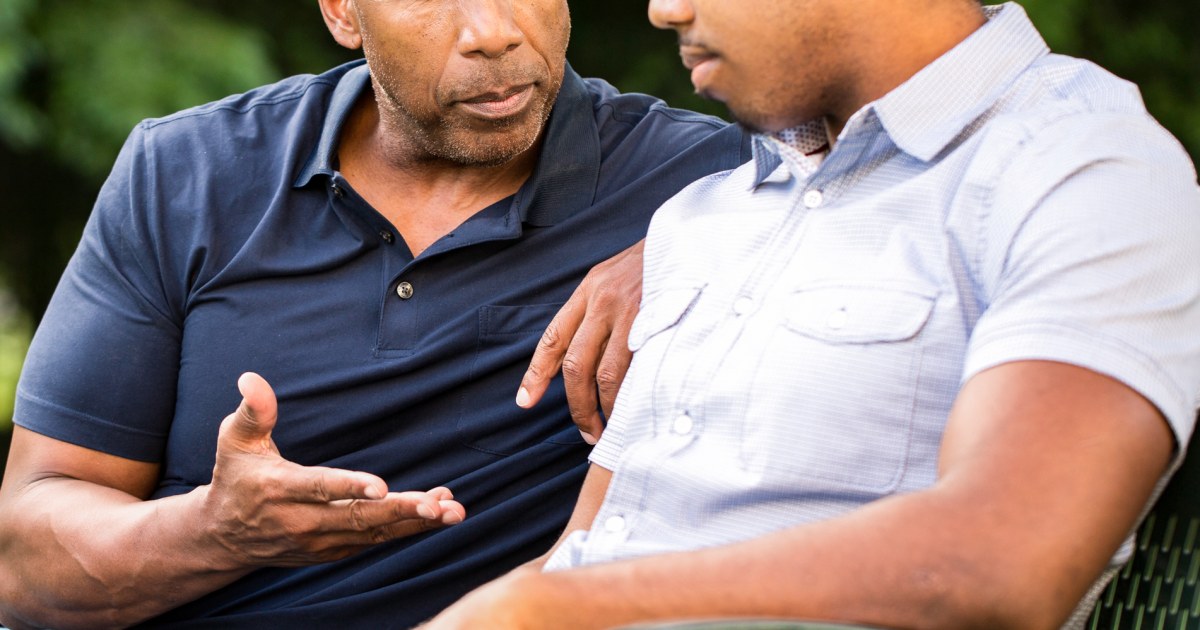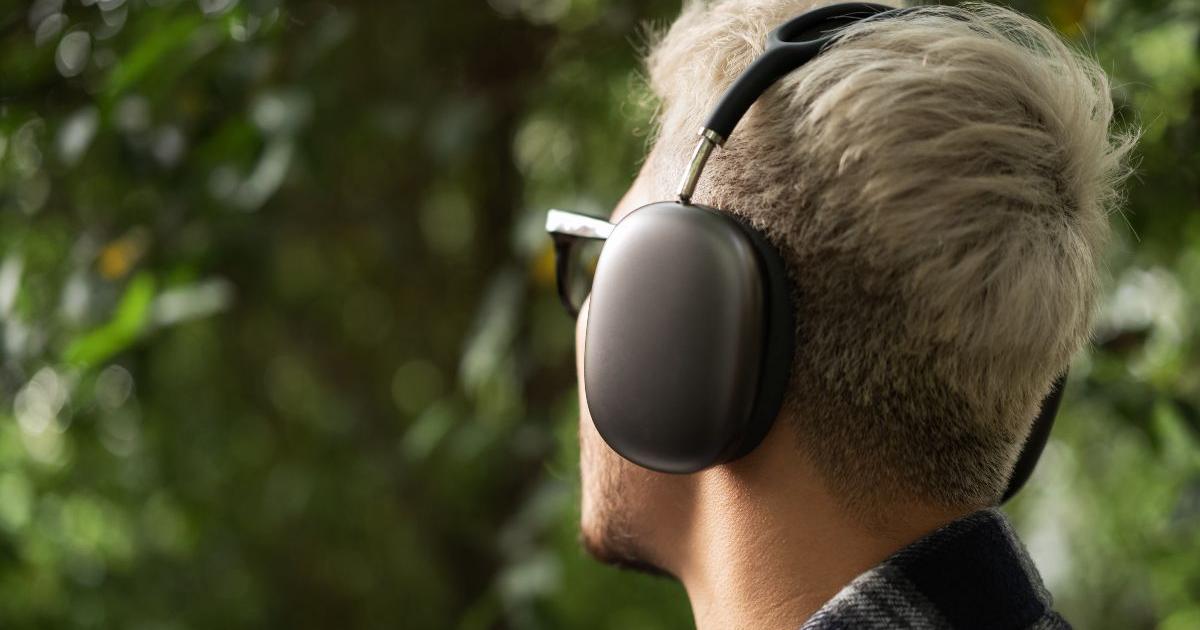Mauricio Strugo
09/20/2021 6:00 AM
Clarín.com
Families
Updated 09/20/2021 6:00 AM
The word "
Hikikomori
" emerged in Japan in 1998. The psychiatrist
Tamaki Saito
in his book
Social isolation: an endless adolescence
used that term to define a syndrome of that time, in which half a million people lived as
modern hermits
, withdrawn from everything social contact and without leaving their homes.
Saito spoke of Hikikomori both to define the condition of this isolation and also to refer to the people who suffer from it.
The historical context in which this syndrome appeared was in times of economic growth in Japan, in which men spent many hours working and mothers, who were in charge of raising children, were obsessed with their children studying.
We speak of syndrome to refer to a set of symptoms that occur together and are characteristic of a disease or of a specific pathological picture caused, sometimes, by the concurrence of more than one disease.
The Hikikomori do not have set hours.
Photo illustration Shutterstock.
What are the characteristics of Hikikomori Syndrome
In the case of Hikikomori Syndrome, its peculiarities are the following:
It usually happens mostly in
adolescents
.
Hikikomori are individuals who have spent at least 6 months
isolated
from society.
They do not leave their room, they do not study or work.
They don't have
set
schedules
, they sleep when they want, sometimes letting two days go by without doing so.
The same thing happens with food.
They spend their hours playing online games or surfing the Internet as their only contact with the outside world.
In many cases, they feel victims of a very demanding society and habitually drop out of school due to the psychological abuse they receive for
not fitting
into their groups of belonging.
They generally spend
between two to three years of confinement
and, in some cases, even up to 10 years of uninterrupted isolation.
It is important
not to confuse this diagnosis with a social phobia or agoraphobia
.
In 2019 in Japan there were records of 600 to 700 families with hikikomiris.
Photo illustration Shutterstock.
Hikikomoris and pandemic
Although in
Japan
in 2019 there were records of 600 to 700 families with hikikomoris in their homes, since the emergence of this syndrome, many investigations showed that there were also many countries in which this type of behavior was repeated, so the term hikikomori began to be used
more frequently around the world
.
With the isolation measures that occurred in practically all latitudes of the planet to contain the pandemic produced by
Covid-19,
the number of adolescents and also children and adults suffering from hikikomori syndrome has increased exponentially.
It is inevitable to think that with the confinement to avoid contagion and cut the spread of the
virus
, learning while the events were happening, this syndrome crossed us all:
Although parents used
to be struck by
and even annoyed that their children spent so much time
locked up and connected
, we all had to work, study and be connected to the world from all available electronic devices, becoming a "Hikikomori Society ”, That term used to describe a pathology of the hermits of the XXI century.
It is expected that there will be long-term psychological consequences after the pandemic.
Photo illustration Shutterstock.
After a year and a half of this situation, with the arrival of the
vaccines
, the return of the students to class and many activities that little by little, with the necessary care, they return, certain airs of hope are breathed, but when something traumatic, Unexpected and long-lasting occurs, it is expected that there are
long-term psychological consequences
.
In fact, all the sciences that deal with the study of human behavior and mental health care have deeply studied the fact that in
threatening situations
, such as the coronavirus, our brains are in survival mode.
They are attentive to everything we can do to move forward, but as stress disappears, after a while, many diseases and symptoms appear in a delayed way to deal with to heal as humans and as a society.
Although most people celebrate a certain
return to normality
and several of them have an even greater capacity for tolerance to the changes that this return requires, both in close circles and also in consultations as a psychologist and sexologist, I have come across patients who choose virtuality for your consultations because you prefer to avoid moving.
Many customs have changed and perhaps some that we have acquired in these times are here to stay.
Photo illustration Shutterstock.
The same with stories of children who
do not want to remove their chinstrap
at any time for fear of catching it or infecting their close ones, especially their grandparents;
helpless
or depressed
teenagers
, unwilling to get up, who
prefer online classes
to going to school;
and also with adults who are seriously thinking about leaving their jobs if they have to return to the presence, when they got used to being at home up to 8 hours in front of their computers.
Many customs have changed and perhaps some that we have acquired in these times are here to stay.
We know that
all extremes are bad
and that living involves a certain risk, but if we are attentive to everything we have learned to take care of ourselves, we can understand that the security that hikikomori people guarantee leaves them alone, with
face-to-face contact
being so
necessary
and inhabiting different roles to grow and learn to apply different
resources in
front of others as well as go out and enjoy the outdoors.
In Japan in 2019 they estimated that there were more than a million Hikikomoris people, including not only young people, but also people 40 years of age and older, so for quite some time, since cases began to increase, there have been therapeutic centers for those who suffered from this syndrome.
There these individuals meet in groups coordinated by therapists and talk about the reasons that led them to the confinement, share their experiences, go on excursions to outdoor places and work in prevention, for example, going to educational institutions to prevent this way. to live also becomes an epidemic.
There are therapeutic centers for those who suffered from this syndrome.
Photo illustration Shutterstock.
How good it would be if in order to combat the risk of a “hikikomori society”, and that this does not continue to spread, spaces can be generated where what we feel is given a voice from schools, neighborhood centers, clubs, etc.
To begin to
leave our caves
that helped us not to get sick, but that can affect us even more if, trusting in the comfort of our homes,
we
only
look into each other's eyes through cold screens
and give up hugs and being in the sun to fill us with vitality.
By Mauricio Strugo, psychologist and sexologist specializing in relationships. On Instagram, @mauriciostrugo.
Look also
Like Alberto Cormillot: celebrities who were parents between the ages of 60 and 83
Mom and Dad split up: how do we tell the kids?







/cloudfront-eu-central-1.images.arcpublishing.com/prisa/B7LCJ3CRIVBPVFWM5VSJJFE7CI.jpg)

